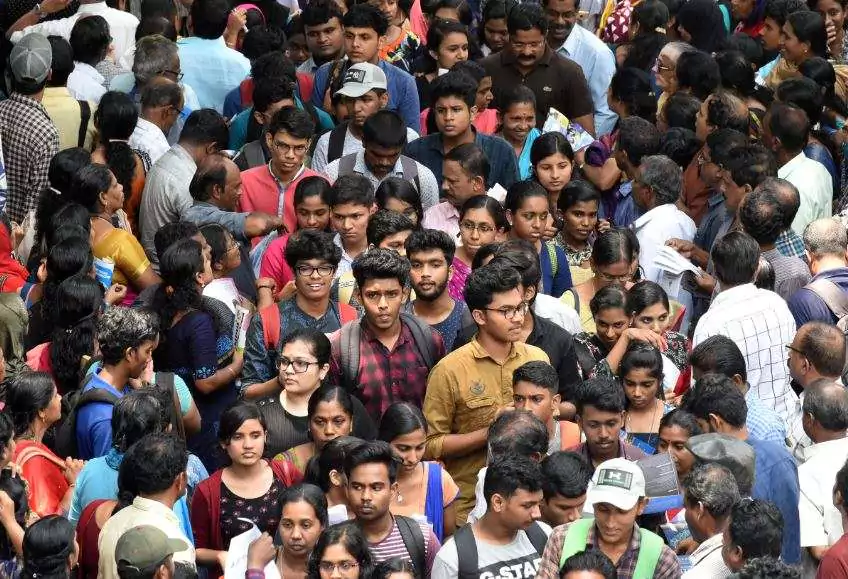India’s Demographic Shift
India’s global consumption share at purchasing power parity (PPP) is projected to rise to 16% by 2050 (from 4% in 1997 and 9% in 2023) . Only North America (17%) will have a higher consumption share in 2050.
What is PPP?
PPP is a method of comparing currencies by adjusting for price differences across countries.
Shifting Global Consumption Patterns
- "Later-wave" regions (India, Emerging Asia, Latin America, West Asia, North Africa, and Sub-Saharan Africa) will account for more than half of global consumption by 2050.
- The share of "First-wave" regions (North America, Europe, Advanced Asia, Greater China) will drop from 60% in 1997 to 30% in 2050 .

Declining Fertility Rates & Population Shifts
-
Declining fertility rates are shifting the global population balance:
-
By 2050, only 26% of the world’s population will be in "First-wave"
regions (compared to 42% in 1997).
"Later-wave" regions & Sub-Saharan Africa will see population growth.
-
By 2050, only 26% of the world’s population will be in "First-wave"
regions (compared to 42% in 1997).
- Labour force shift: By 2050, two-thirds of all global work hours will be contributed by "Later-wave" regions .
India's Demographic Trends
- Support Ratio (Working-age people per elderly person) in India:
- 2023: 9.8 workers per elderly person.
- 2050: Expected to halve .
- 2100: Expected to drop to 1.9 , similar to Japan today (indicating an aging population).
- India’s population share globally:
- 2023: 23% .
- 2050: 17% .
- 2100: 15% (India’s population to be 1,505 million , a 5% growth from 2023 ).
- Fertility Rate: Fell below replacement level in 2019 , signaling slower population growth.
India's Demographic Trends
-
Demographic dividend impact on GDP per capita:
- Contributed 0.7% annual growth (1997-2023) .
- Labour intensity declined by 1.1% , offsetting benefits of a larger workforce.
- By 2050 , demographic contribution to income growth will fall to just 0.2% .













